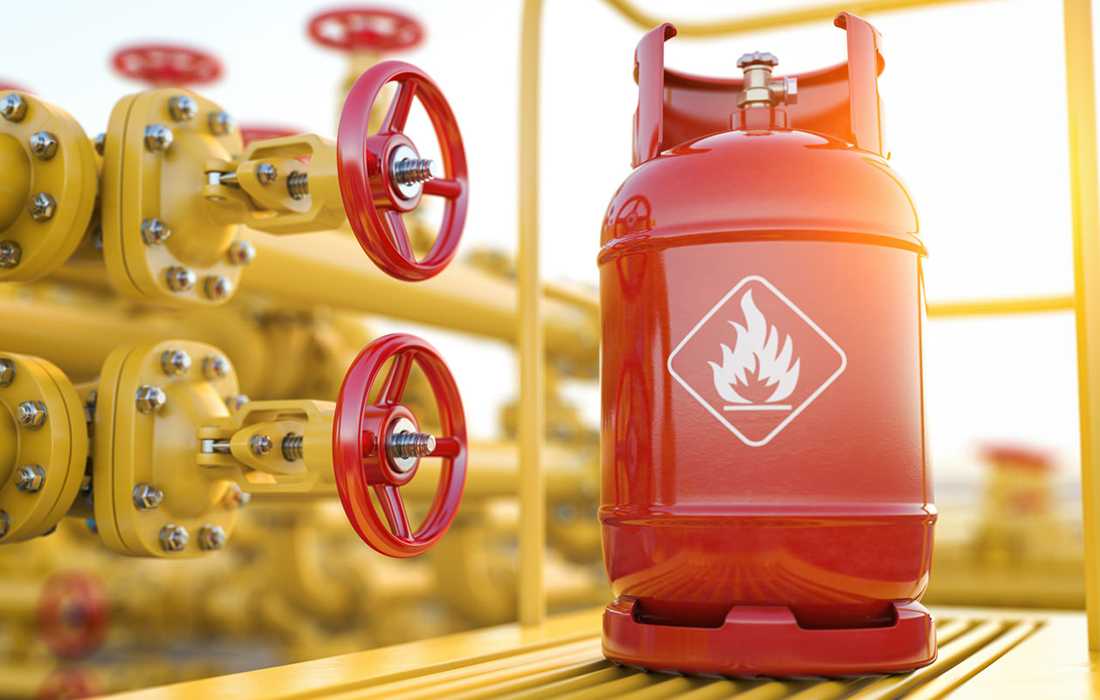
30 Dec LPG
LPG stands for liquefied petroleum gas. It is a type of fuel consisting primarily of propane (C3H8) and butane (C4H10), which are hydrocarbon gases. LPG is commonly used as a fuel for heating, cooking, and various other applications.
Here are some key points about LPG:
Composition: LPG is a mixture of propane and butane gases, with propane being the dominant component. The exact composition can vary depending on the specific application and regional standards. Propane has a lower boiling point than butane, so it is more prevalent in LPG blends used in colder climates.
Production: LPG is produced as a byproduct during the extraction and refining of natural gas and crude oil. It is obtained by separating and purifying the propane and butane gases from the other components of these fossil fuels.
Characteristics: LPG is a colorless and odorless gas in its natural state. To aid in leak detection, a pungent odorant called ethanethiol or mercaptan is added to LPG, giving it a distinct smell. LPG is highly flammable and can be easily ignited by a spark or flame.
Storage and Transportation: LPG is stored and transported in its liquid state under pressure. The gases are compressed to a liquid form by cooling them to a temperature below their boiling points. LPG is typically stored in steel cylinders or tanks designed to withstand the pressure of the liquefied gas.
Uses: LPG has various applications, including:
Residential and Commercial: LPG is commonly used as a fuel for cooking, heating, and water heating in homes, restaurants, and other establishments.
Industrial: LPG serves as a fuel for a range of industrial processes, such as heating, drying, and powering equipment.
Automotive: LPG can be used as an alternative fuel for vehicles, either by converting gasoline engines to run on LPG or through dedicated LPG vehicles.
Environmental Considerations: LPG is considered a relatively cleaner-burning fuel compared to other fossil fuels. It produces fewer emissions of sulfur dioxide, particulate matter, and carbon monoxide. However, LPG is still a hydrocarbon fuel and releases carbon dioxide (a greenhouse gas) upon combustion.
LPG is widely used globally due to its portability, ease of storage, and versatility as a fuel source. It provides an efficient and convenient energy option for a variety of applications.
